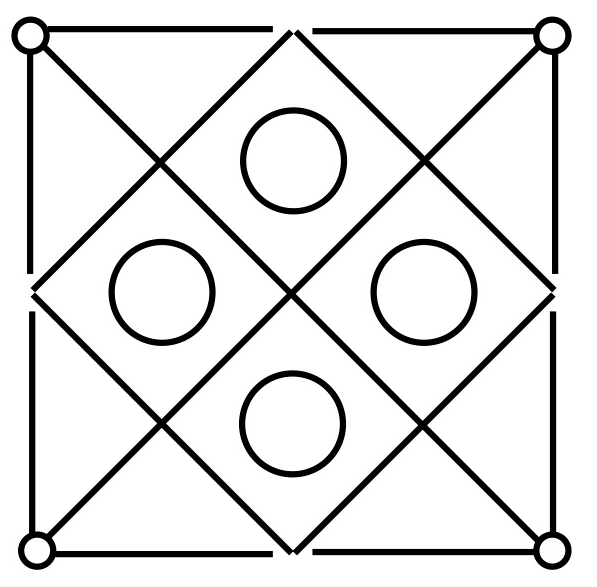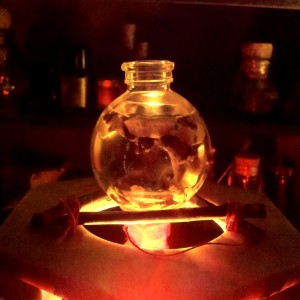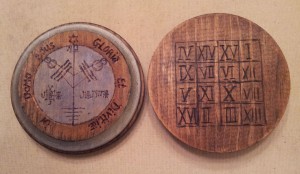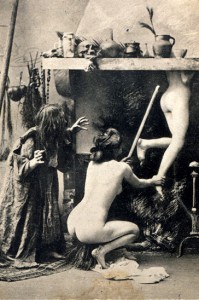Every few years or so I’ll run some snippets from our product descriptions through google to check for plagiarism. One time I found a store in South Carolina that had copied everything in our site – including the About Us. They had also copied significantly from Alchemy Works and Lucky Mojo (a compliment to be in such good company!). When I emailed them, I got an irate response denying everything, which I later learned was written as if from their cat. So I called them on the phone, but with no resolution. But I then got an email back from their ISP, with whom I had filed a copyright complaint earlier, claiming I had threatened their mom. You see, the ISP was also getting emails as if from the cat and were understandably confused when it told them I had called it’s ‘mom’. Now, I’m just curious to what I would have received if I’d actually ordered cauldron waters from them.
Today was one of those days going through the list. I’m glad to say the offenders were few, though one Azure Green reseller in Wisconsin seems to have plagiarized their entire site from various sources, which is sad, because from their Facebook page, it looks like they’re serving a thriving community.
More interesting than who, though, is the distribution. Most descriptions that have been copied are on one or two sites. That site owner, or someone they hired to populate their site with text, probably just googled the product name and grabbed some text from one of the top results. It’s funny how many places that don’t even sell perfume oils or anointing blends used orange blossom absolute in their “old blend Wood Song”.
But some descriptions are on hundreds of sites. In those cases, it seems that at some point someone wrote up a lengthier description of an herb or powder and included our description as a paragraph, and then that whole description has been copied by hundreds of sellers with small web stores, etsy shops, or ebay stores. There’s really nothing to be done there.
I used to care deeply about this – likely because I was nearer in time to when Jack and I spent weeks writing up those descriptions. Now, though I’m still annoyed that so many pagans and rootworkers can’t be bothered to write their own product descriptions, many of our old ones seem cramped, formulaic, or too ‘Cunningham-like’ in the sense that we say “{herb} is an herb for {magical intent} to be used as {method}”.
And so, we’re currently in the process of rewriting many of our old descriptions. Many of them are simply the text that we used on the labels back when we were still regularly selling at summer Pagan festivals. They’re certainly due for some updating! So stay tuned through the coming months.







